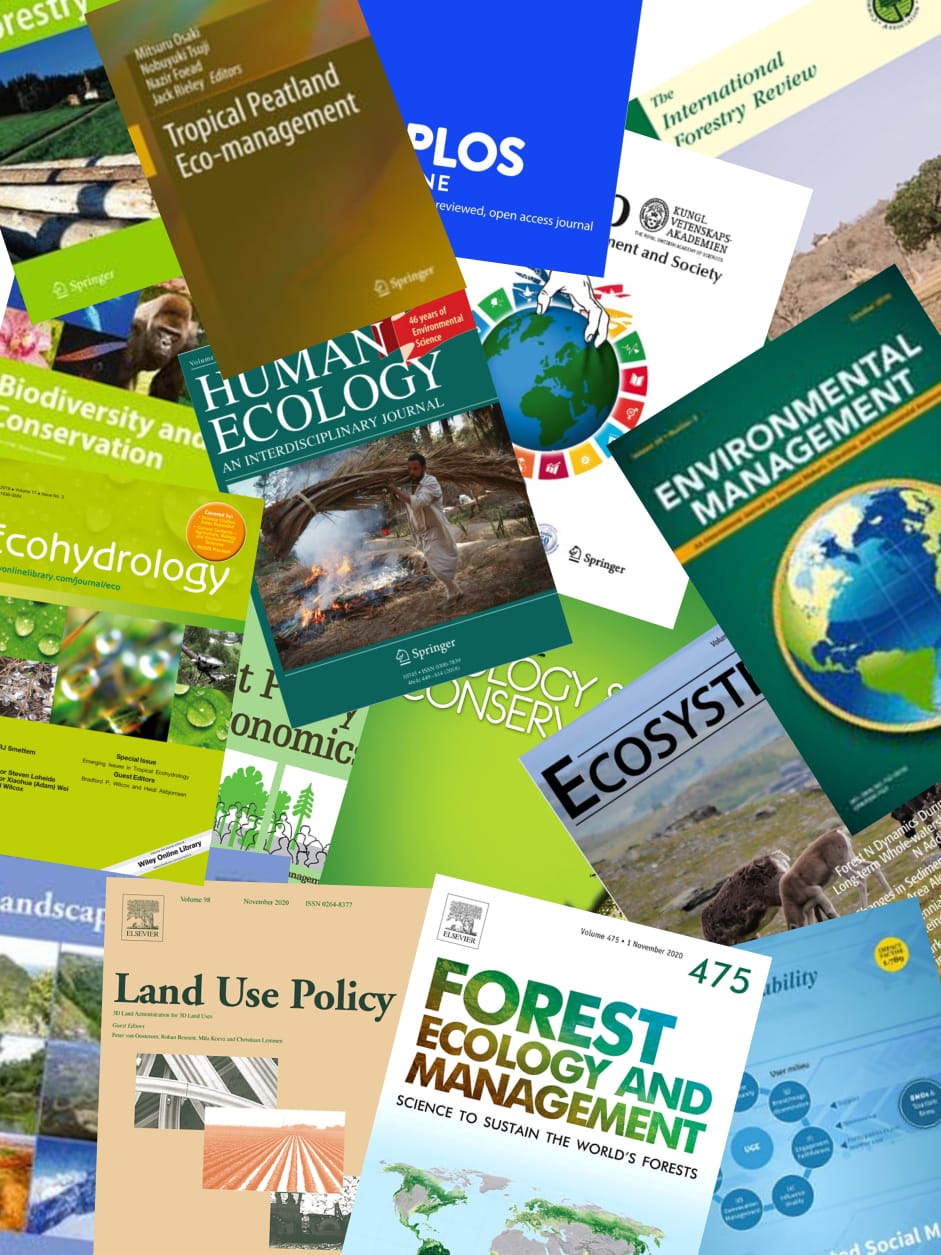Aims Throughout South-East Asia, droughts associated with ENSO (El Nin̄o Southern Oscillation) events have resulted in large-scale fires affecting millions of hectares of rain forest. However, the long-term impacts of these fires on the rain forest faunas are only poorly understood. Our aim was to study the recovery of rain forest butterfly assemblages following the 1997-98 ENSO event, which resulted in the largest-scale fires in the recorded history of the region. Location A 420-km2 area in the Balikpapan-Samarinda region of East Kalimantan, Indonesian Borneo. Methods Four landscapes were assessed after the 1997-98 ENSO event, including one landscape that was assessed prior to the event. Comparisons of species richness, species composition and guild abundance were made among landscapes and years. The relative importance of environment, geographical distance between sampling sites, and time between sampling years was quantified during the succession phase using a variance partitioning technique. Results The fires dramatically altered the butterfly community and resulted in a . major decline in observed species richness within the landscape surveyed prior to the ENSO event. Following fires in 1998, butterfly assemblages in all landscapes were dominated by large-winged generalist species. During 1999 and 2000, assemblages became increasingly dominated by smaller specialist species. Species endemic to Borneo that were present before fires were absent in 2000, despite intensive sampling over enhanced spatial and environmental scales. Community similarity was significantly dependent upon local environmental variables, geographical distance between sampling sites, and time between sampling years. Together, these explained over 52% of the observed variation in samples. Conclusions The importance of geographical distance between sampling sites indicates that recovery was dependent upon colonization from proximate habitats. Despite an apparent trend of return to pre-ENSO community structure, low species richness throughout the survey area indicates that full recovery had not taken place by 2000. © 2004 Blackwell Publishing Ltd.
View source

